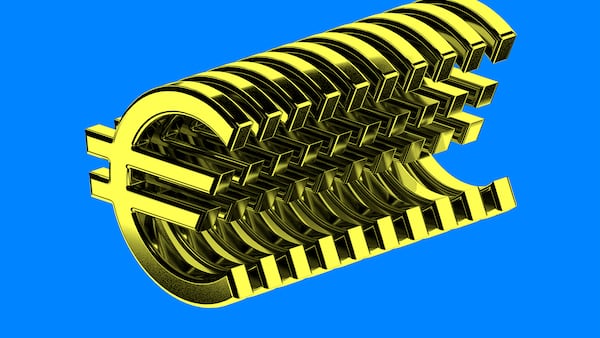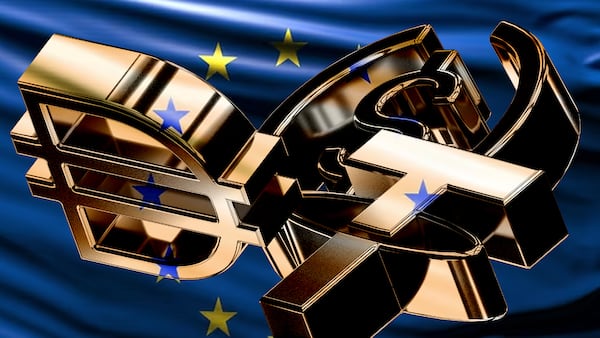- The European Union’s MiCA regulation introduces credit and counterparty risk.
- Experts expect to see stablecoin reserve laws revised in the coming years.
- The stablecoin regulation made Circle to issue USDC from two jurisdictions.
Stablecoin issuer Circle hopes to see changes in future European Union’s Markets in Crypto-Assets regulation.
“MiCA actually introduces a lot of bank risk,” Circle CEO Jeremy Allaire told reporters in Brussels last week.
Provisions in MiCA on reserves is the element that he said is particularly concerning.
MiCA requires companies issuing stablecoins pegged to a fiat currency to hold 30% of the reserves in cash in multiple EU bank accounts, and up to 60% for significant e-money tokens.
“The bank deposits introduce credit risk and counterparty risk,” said Patrick Hansen, Circle’s EU strategy and policy lead — an issue that he says is acknowledged by regulators at the European Banking Authority.
“The reserve requirements of MiCA will definitely be part of the interim review next year, and then ultimately meet the MiCA review in two or three years,” Hansen said.
Some experts speculate that a MiCA II regulation will follow and update the current legislation with more provisions on decentralised finance.
E-money licence
Circle is best known for issuing the dollar-pegged USDC with a market cap of about $34 billion — the world’s second-largest stablecoin after Tether’s USDT.
The French banking watchdog approved Circle’s e-money institution licence on July 1, right after MiCA’s regime for stablecoins went live.
That makes the stablecoin issuer compliant with MiCA.
Banking challenges
Some in the industry worry that finding sufficient banking partners to hold the required reserves
“It has absolutely been very difficult for firms in our industry to have consistent banking relationships,” Allaire said.
The 2023 banking crisis — with the collapse of crypto-friendly trio Silvergate Capital, Signature Bank and Silicon Valley Bank — did not help the digital asset industry’s reputation to find banking partners.
UK banks commonly have blanket bans when it comes to working with crypto firms.
But the Circle founder said that banking has not been an issue for the company, which relies on “several major global systemically important banks (…) in every major region.”
He did not specify which.
Banks have an advantage in offering crypto services under MiCA, which gives credit and e-money institutions a head start in handling digital assets.
“Banks themselves want to get into this industry in a much more fulsome way,” Allaire said.
European banks have been interested in issuing stablecoins, providing access to digital assets, and developing innovative payment rails.
Dual issuance
As a result of the EU’s new stablecoin provisions, Circle has had to split its USDC issuance between the jurisdictions on both sides of the Atlantic, and deal with global redemptions.
“USDC is now being issued out of two major jurisdictions with two distinct sets of prudential supervision and requirements,” Allaire said. “And we’ve gotten regulators to agree to this, which is a very big deal.”






